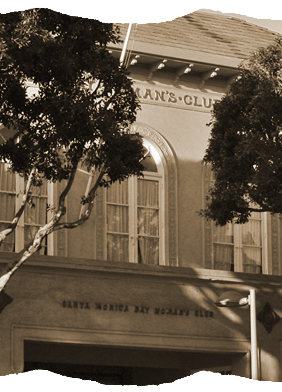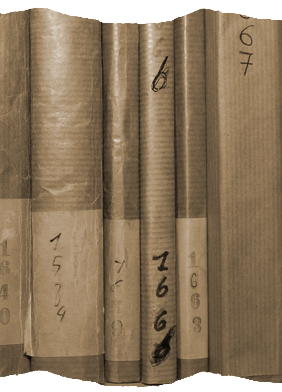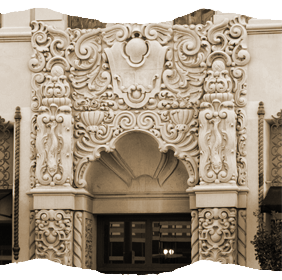architectural history projects
Woman’s Club History
CLIENT: Santa Monica Bay Woman’s Club
LOCATION: Santa Monica, CA
WORK PERFORMED: Preservation, Preservation/Design Collaboration, Inventorying, Cataloging, Research, Digitization, Writing
During the course of a full year I conducted a multifaceted preservation and archiving project geared to help rejuvenate both a club and clubhouse. The Santa Monica Bay Woman’s Club was founded on December 11, 1905 and its clubhouse was opened on October 5, 1914. The clubhouse was landmarked by the City of Santa Monica in 1991 and it remains a vital hub to the Club’s social and philanthropic activities. As an early step to a planned capital fundraising campaign for an eventual restoration, the Club wanted to reinvigorate the membership and to better understand and tell their history.
My work was completed in two phases encompassing five general categories of service. The first phase consisted of 1) taking inventory/cataloging and 2) helping to preserve historic materials through improved storage and digitization. Work began by first identifying where administrative records and historic materials had been stashed away over the many years. The 100-years worth of administrative records were inventoried and organized in order to integrate them into newly created categories consistent with contemporary administrative needs. Historical records included Club minutes, scrapbooks, photos, season calendar pamphlets, newsletters and other miscellaneous ephemera. These items were all cataloged and more carefully stored to ensure their wellbeing. Ultimately, select items were scanned to enable greater accessibility and to help illustrate the history in marketing and fundraising efforts. Categories were created for the some 380 distinct historic materials and all were entered into a database using FileMaker’s Bento program, thus ensuring a user-friendly electronic catalog. As a final component, lockable display cabinets were repurposed to securely display select items such as early event programs and membership cards.
Phase two of the project entailed 3) creating marketing materials, 4) various improvements to administrative functions, and 5) providing preservation and design advice. With the completion of the administrative and historic records cataloging, I was able to utilize the materials to rewrite and illustrate marketing materials such as the membership brochure and facility rental packet. An unanticipated result of phase one was the recognition that nearly all internal administrative forms, facility rental contracts, etcetera were significantly outdated and lacked an electronic parent. Collaboration with relevant Club administrators served to bring about the necessary improvements. All items were recreated electronically and filed according to the same categories as the tangible administrative records. A part of this effort was the creation of the first membership database and administrative contact list, again using Bento.
Increased facility rentals and indefinite postponement of a full renovation necessitated certain cosmetic improvements. Using the Club’s extensive records, I researched several specific questions of when and why specific alterations were made to the building. I also advised a series of small, cost effective improvements that would freshen up the overall appearance while ensuring the preservation of original fixtures and serve to cease a trend to substitute with new and inappropriate replacements.
Historic Downtown Santa Monica Walking Tour
CLIENT: Santa Monica Conservancy
LOCATION: Santa Monica, CA
WORK PERFORMED: Research, Writing, Syllabus Development
Content research and creation of syllabus and class format for Santa Monica’s first regularly scheduled walking tour. In collaboration with the co-tour leaders I researched specific buildings and people significant to the story of Santa Monica. Upon conclusion of the research phase I advised on how to format the class schedule, assignments and syllabus content. The resulting tour covers over 130 years of Santa Monica’s history and addresses some twenty-three buildings. Among these are The Rapp Saloon, which served as the City’s first city hall (1875), the Romanesque Revival styled Keller Block (1893), the Churrigueresque/Spanish Revival styled Builder’s Exchange (1927) and the City’s first skyscraper, The Bay Cities Guaranty Building, a towering Art Deco landmark (1929).



